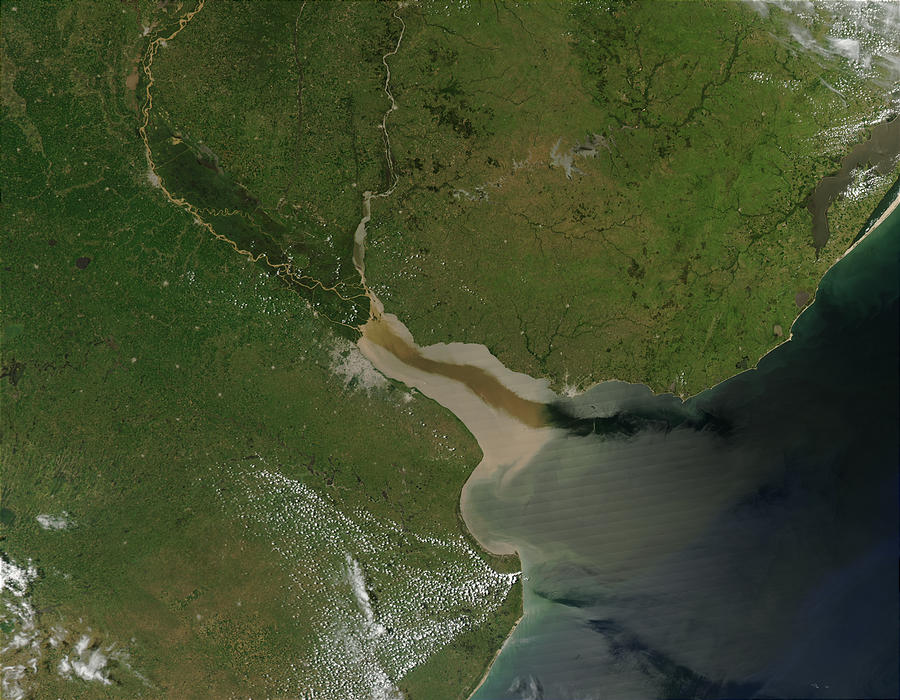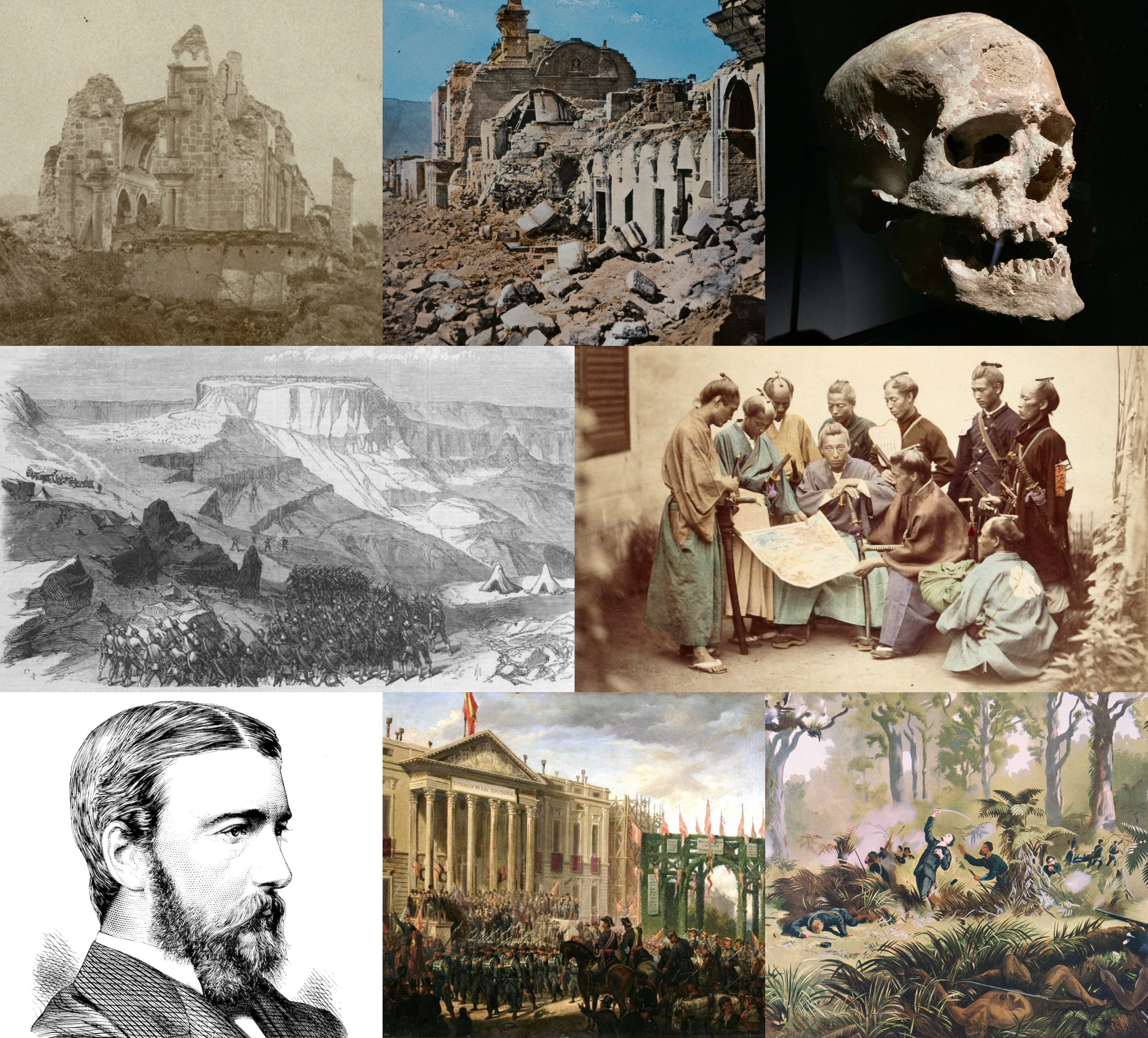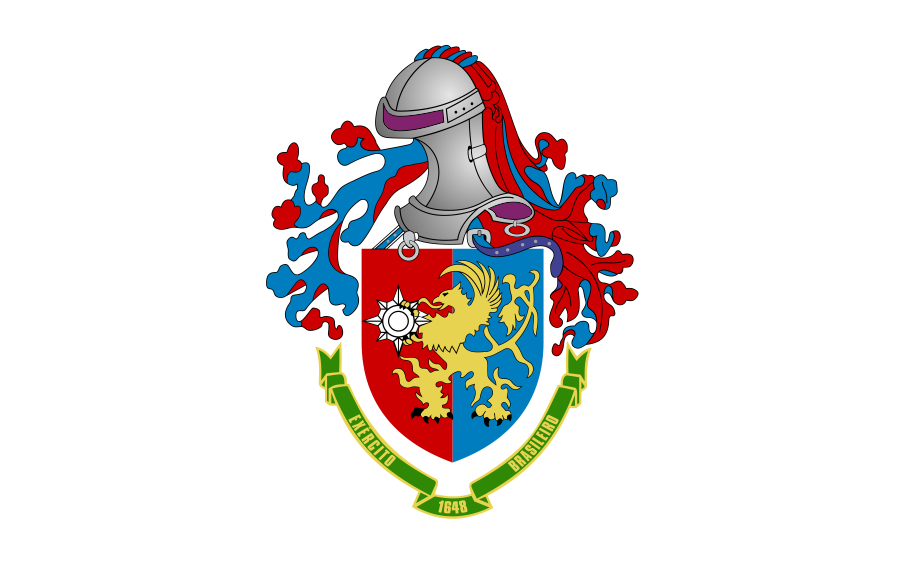|
João Niederauer Sobrinho
João Niederauer Sobrinho (1827-1868) was a German-Brazilian Colonel of the Platine War and the Paraguayan War. He was notable for his service in the Pikysyry campaign, having a previous origin as a notable citizen from Santa Maria, Rio Grande do Sul. Commanding the Cavalry Brigade of the II Corps, he died of wounds during the Battle of Avay and died two days after the battle. Early life Niederauer was born on April 4, 1827, as the son of German immigrants Philipp Leonard Niederauer and Catharina Diehl Niederauer in the German-Brazilian community of Três Forquilhas (modern-day Itati). He was baptized on April 14, 1827, by Pastor , having as godfather his homonymous uncle João Niederauer, at the time installed with a commercial house next to Baluarte Ipiranga, in Vila de Torres. Due to the rising tensions that would eventually lead to the Ragamuffin War, the entire Niederauer family moved to São Leopoldo and to Santa Maria around 1840, allowing Niederauer to receive an excel ... [...More Info...] [...Related Items...] OR: [Wikipedia] [Google] [Baidu] |
Itati
Itati is a municipality of Rio Grande do Sul, Brazil. See also * List of municipalities in Rio Grande do Sul This is a list of the municipalities in the state of Rio Grande do Sul (RS), located in the South Region of Brazil. Rio Grande do Sul is divided into 497 municipalities, which are grouped into 35 microregions, which are grouped into 7 mesoregio ... References Populated coastal places in Rio Grande do Sul Municipalities in Rio Grande do Sul {{RioGrandedoSul-geo-stub ... [...More Info...] [...Related Items...] OR: [Wikipedia] [Google] [Baidu] |
Río De La Plata
The Río de la Plata (; ), also called the River Plate or La Plata River in English, is the estuary formed by the confluence of the Uruguay River and the Paraná River at Punta Gorda, Colonia, Punta Gorda. It empties into the Atlantic Ocean and forms a funnel-shaped indentation on the southeastern coastline of South America. Depending on the geographer, the Río de la Plata may be considered a river, an estuary, a gulf, or a marginal sea. If considered a river, it is the widest in the world, with a maximum width of . The river is about long and widens from about at its source to about at its mouth. It forms part of Argentina–Uruguay border, the border between Argentina and Uruguay. The name Río de la Plata is also used to refer to the populations along the estuary, especially the main Port city, port cities of Buenos Aires and Montevideo, where Rioplatense Spanish is spoken and tango culture developed. The coasts of the river are the most densely populated areas of Urugua ... [...More Info...] [...Related Items...] OR: [Wikipedia] [Google] [Baidu] |
1868 Deaths
Events January * January 2 – British Expedition to Abyssinia: Robert Napier leads an expedition to free captive British officials and missionaries. * January 3 – The 15-year-old Mutsuhito, Emperor Meiji of Japan, declares the ''Meiji Restoration'', his own restoration to full power, under the influence of supporters from the Chōshū and Satsuma Domains, and against the supporters of the Tokugawa shogunate, triggering the Boshin War. * January 5 – Paraguayan War: Brazilian Army commander Luís Alves de Lima e Silva, Duke of Caxias, enters Asunción, Paraguay's capital. Some days later he declares the war is over. Nevertheless, Francisco Solano López, Paraguay's president, prepares guerrillas to fight in the countryside. * January 7 – The Arkansas constitutional convention meets in Little Rock. * January 9 – Penal transportation from Britain to Australia ends, with arrival of the convict ship ''Hougoumont'' in Western Australia, after a ... [...More Info...] [...Related Items...] OR: [Wikipedia] [Google] [Baidu] |
1827 Births
Events January–March * January 5 – The first regatta in Australia is held, taking place in Tasmania (called at the time ''Van Diemen's Land''), on the River Derwent at Hobart. * January 15 – Furman University, founded in 1826, begins its first classes with 10 students, as the Furman Academy and Theological Institution, located in Edgefield, South Carolina. By the end of 2016, it will have 2,800 students at its main campus in Greenville, South Carolina. * January 27 – Author Johann Wolfgang von Goethe first elaborates on his vision of '' Weltliteratur'' (world literature), in a letter to Johann Peter Eckermann, declaring his belief that "poetry is the universal possession of mankind", and that "the epoch of world literature is at hand, and each must work to hasten its coming." * January 30 – The first public theatre in Norway, the Christiania Offentlige Theater, is inaugurated in Christiania (modern-day Oslo). * January – In Laos, King Anouvong of Vien ... [...More Info...] [...Related Items...] OR: [Wikipedia] [Google] [Baidu] |
Brazilian Army
The Brazilian Army (; EB) is the branch of the Brazilian Armed Forces responsible, externally, for defending the country in eminently terrestrial operations and, internally, for guaranteeing law, order and the constitutional branches, subordinating itself, in the Federal government of Brazil, Federal Government's structure, to the Ministry of Defence (Brazil), Ministry of Defense, alongside the Brazilian Navy and Brazilian Air Force, Air Force. The Military Police (Brazil), Military Police (; PMs) and Military Firefighters Corps (; CBMs) are legally designated as reserve and auxiliary forces to the army. Its operational arm is called Land Force. It is the largest army in South America and the largest branch of the Armed Forces of Brazil. Emerging from the defense forces of the Portuguese Empire in Colonial Brazil as the Imperial Brazilian Army, its two main conventional warfare experiences were the Paraguayan War and the Brazilian Expeditionary Force, and its traditional rival i ... [...More Info...] [...Related Items...] OR: [Wikipedia] [Google] [Baidu] |
Order Of The Southern Cross
The National Order of the Southern Cross () is a Brazilian Orders, decorations, and medals of Brazil, order of chivalry founded by List of monarchs of Brazil, Emperor Pedro I of Brazil, Pedro I on 1 December 1822. The order aimed to commemorate the Brazilian Declaration of Independence, independence of Brazil (7 September 1822) and the coronation of Pedro I (1 December 1822). The name derives from the geographical position of the country, under the constellation of the Crux, Southern Cross and also in memory of the name – Ilha de Vera Cruz, ''Terra de Santa Cruz'' (Land of the Holy Cross) – given to Brazil following its first arrival by Europeans in 1500. History Originally known as the Imperial Order of the Cross (Portuguese language, Portuguese: ''Ordem Imperial do Cruzeiro''), the Order was created by Emperor Pedro I on the day of his Coronation, 1 December 1822. Also on the same date the first knights of the order were appointed, to commemorate the crowning of the Empire ... [...More Info...] [...Related Items...] OR: [Wikipedia] [Google] [Baidu] |
Battle Of Tuyutí
The Battle of Tuyutí (Tuiuti in Portuguese) was a Paraguayan offensive in the Paraguayan War targeting the Triple Alliance encampment of Tuyutí. It is considered to be the bloodiest battle ever in South America. The result of the battle was an Allied victory, which added to the Paraguayan troubles after the loss of its fleet in the Battle of Riachuelo. This battle is particularly important in Brazil, being nicknamed ''"A Batalha dos Patronos"'' (The Battle of the Patrons) since the Army's patrons of the Infantry, Cavalry and Artillery fought in it. The Battle of Tuyutí also marks the Brazilian Army's Infantry Day due to the loss of brigadier general Antônio de Sampaio (known as ''Brigadeiro Sampaio''), patron of the Infantry, while holding his position at the head of his ''Divisão Encouraçada'' (Ironclad Division, the 3rd Division). Another Paraguayan attack on the Allied camp was repelled in November 1867. Preliminaries In early May 1866, the Paraguayan assault at ... [...More Info...] [...Related Items...] OR: [Wikipedia] [Google] [Baidu] |
Order Of The Rose
The Imperial Order of the Rose () was a Brazilian order of chivalry, instituted by Pedro I of Brazil, Emperor Pedro I of Brazil on 17 October 1829 to commemorate his marriage to Amélie of Leuchtenberg. On 22 March 1890, the order was cancelled as Order (honour), national order by the interim government of First Brazilian Republic. Since the deposition in 1889 of the last Brazilian monarch, Pedro II of Brazil, Emperor Pedro II, the order continues as a house order being awarded by the Heads of the House of Orleans-Braganza, pretenders to the defunct throne of Brazil. The current Brazilian Imperial Family is split into two branches: the direct line called Petrópolis and a cadet branch called Vassouras. History It was designed by Jean-Baptiste Debret, who, as discussed by historians, would have been inspired by the motifs of roses that adorned Amélie's dress when landing in Rio de Janeiro, or when marrying, or in a portrait of the same envoy from Europe to the then Emperor of Brazi ... [...More Info...] [...Related Items...] OR: [Wikipedia] [Google] [Baidu] |
José Alves Valença
José is a predominantly Spanish and Portuguese form of the given name Joseph. While spelled alike, this name is pronounced very differently in each of the two languages: Spanish ; Portuguese (or ). In French, the name ''José'', pronounced , is an old vernacular form of Joseph, which is also in current usage as a given name. José is also commonly used as part of masculine name composites, such as José Manuel, José Maria or Antonio José, and also in female name composites like Maria José or Marie-José. The feminine written form is ''Josée'' as in French. In Netherlandic Dutch, however, ''José'' is a feminine given name and is pronounced ; it may occur as part of name composites like Marie-José or as a feminine first name in its own right; it can also be short for the name ''Josina'' and even a Dutch hypocorism of the name ''Johanna''. In England, Jose is originally a Romano-Celtic surname, and people with this family name can usually be found in, or traced to, the ... [...More Info...] [...Related Items...] OR: [Wikipedia] [Google] [Baidu] |
São Martinho, Santa Catarina
São Martinho is a municipality in the state of Santa Catarina in the Southern region of Brazil. The municipality contains part of the Serra do Tabuleiro State Park, a protected area created in 1975. The lushly-forested park protects the sources of the Vargem do Braço, Cubatão and D'Una rivers, which supply most of the drinking water for greater Florianópolis and the south coast region. Venerable Aloísio Sebastião Boeing was born there. See also *List of municipalities in Santa Catarina This is a list of the municipalities in the state of Santa Catarina (SC), located in the South Region of Brazil. Santa Catarina is divided into 295 municipalities A municipality is usually a single administrative division having municipal cor ... References Municipalities in Santa Catarina (state) {{SantaCatarina-geo-stub ... [...More Info...] [...Related Items...] OR: [Wikipedia] [Google] [Baidu] |
Santa Maria Da Boca Do Monte
Santa Claus (also known as Saint Nicholas, Saint Nick, Father Christmas, Kris Kringle or Santa) is a legendary figure originating in Western Christian culture who is said to bring gifts during the late evening and overnight hours on Christmas Eve. Christmas elves are said to make the gifts in Santa's workshop, while flying reindeer pull his sleigh through the air. The popular conception of Santa Claus originates from folklore traditions surrounding the 4th-century Christian bishop Saint Nicholas, the patron saint of children. Saint Nicholas became renowned for his reported generosity and secret gift-giving. The image of Santa Claus shares similarities with the English figure of Father Christmas, and they are both now popularly regarded as the same person. Santa is generally depicted as a portly, jolly, white-bearded man, often with spectacles, wearing a red coat with white fur collar and cuffs, white-fur-cuffed red trousers, a red hat trimmed with white fur, a black leath ... [...More Info...] [...Related Items...] OR: [Wikipedia] [Google] [Baidu] |
Treaty Of The Triple Alliance
The Treaty of the Triple Alliance was a treaty that allied the Empire of Brazil, Argentina, and Uruguay against Paraguay. Signed in 1865, after the outbreak of the Paraguayan War, its articles (plus a Protocol) prescribed the allies' actions both during and after the war. An English translation of the text is reproduced in this article. The war lasted until 1870 and led to the near-annihilation of Paraguay. After Paraguay's defeat, Brazil and Argentina, who were traditional enemies, hovered on the brink of mutual warfare for six years because of disputes and misunderstandings about the treaty. According to article XVI Argentina was to receive a 600 km strip of territory in the Gran Chaco, Chaco north of the Pilcomayo River, nearly up to the Bolivian border. From the start the Brazilian government set out to frustrate the implementation of this particular stipulation, and eventually succeeded. Today this territory — the Central Chaco — belongs to Paraguay. Background fi ... [...More Info...] [...Related Items...] OR: [Wikipedia] [Google] [Baidu] |







